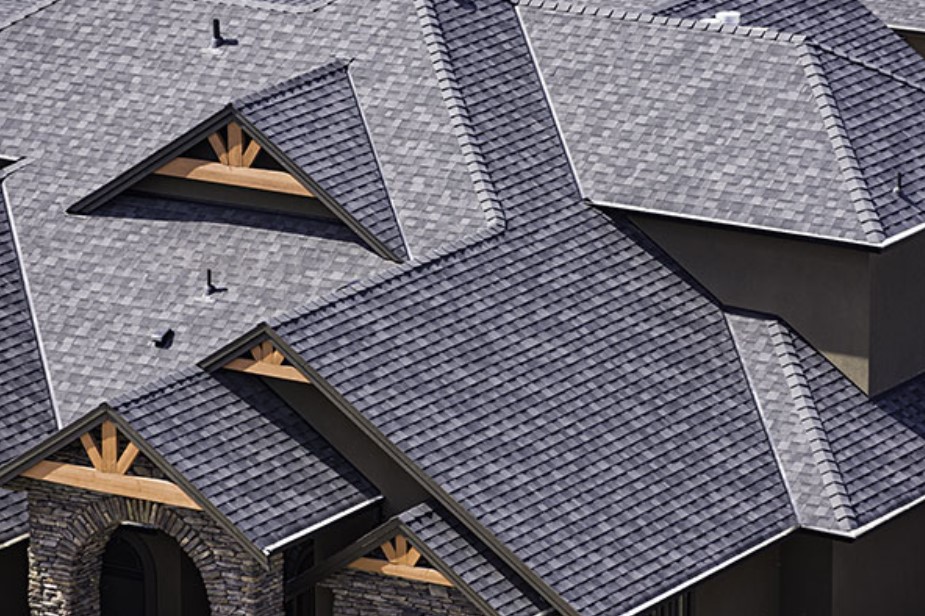
A roof can be built in many different ways. Roofing styles are restricted only by the laws of physics and the materials available, much as architectural design is limited only by creativity and if there is a problem with your roof, you can contact Roof Repair Long Island. Indeed, any full examination of the numerous styles in modern architecture would likely fill a dictionary; nonetheless, this article will focus on the most frequent roof forms. Unless it’s something truly unusual, you’ll most likely locate the roof style on your house.
Gable
The gable roof, perhaps the most basic shape, is said to have evolved from the first roofs, which were rudimentary structures of twigs or logs leaning at angles to form a triangle house. A gable is made up of two sloping sides that meet in the middle of a structure and slope at the same angle. Over the body of a structure, it will look like a symmetrical triangle. In North America, this is the most prevalent kind.
Gabled Cross
A cross-gabled roof is a little more intricate than a gable since it has two gable portions that meet at an angle. Each gable roof’s ridges should be perpendicular to each other, and the height, length, and pitch of each gable in a cross-gabled roof should be similar, just as the slopes on a gable are.
Hippie Chic
Another typical kind is the simple hip roof, which is sometimes known as a hip roof. The hip roof has two slopes at identical angles that meet in the center of the structure, similar to a gabled roof. The ends, on the other hand, are not flat. A hip roof, on the other hand, has four sloping sides so that all of the outside walls are the same size. Hip roofs are preferable over gable roofs in high-wind or hurricane-prone locations because they provide superior protection.
Hip-hop pyramid
A pyramid hip roof is similar to a normal hip roof, but it has four equal triangular sides that meet in the middle, as the name indicates.
Hipped in both directions
A cross-hipped roof combines the benefits of a cross-gabled roof with the extra benefits of a hipped roof. A building with all outside walls at the same height can have a cross-hipped roof. It’s like if you took two hipped-roof structures and joined them perpendicularly. A valley is the portion of the roof where the two roofs meet.
Mansard
The Mansard roof is named after the architect Francois Mansart, who popularized the form in the 15th century. Each side of the Mansard roof has two separate slopes: the bottom half is practically level and has just a minor inclination, but the top section is steeper. This kind of roof was prominent throughout the Victorian era of construction and may be seen all over Europe.
Saltbox
A saltbox is essentially a gable roof with an uneven pitch. The roof has two slopes that meet at a location on the roof, although the slopes’ angles and heights do not have to be identical.
Gambrel
On a conventional barn, you’d expect to see a gambrel roof. This roof is a hybrid between a gable and a Mansard roof, with two symmetrical sides and two unique slopes on each side of the roof. The bottom slope is the sharpest, and may even be almost vertical, whereas the top slope is more gradual. Unlike a Mansard roof, the gambrel roof has this pattern on only two sides, as expected on a gable roof.
Flat
With the current architectural design, flat roofs are becoming increasingly fashionable. Flats use less material and are thus more cost-effective to construct since they have only a little slope to aid water drainage. Flat roofs, on the other hand, usually need more regular repair.
